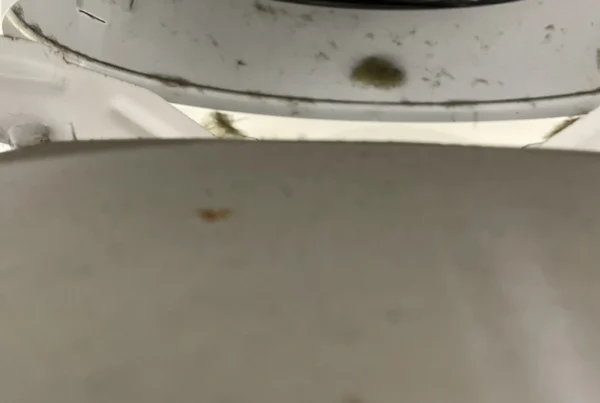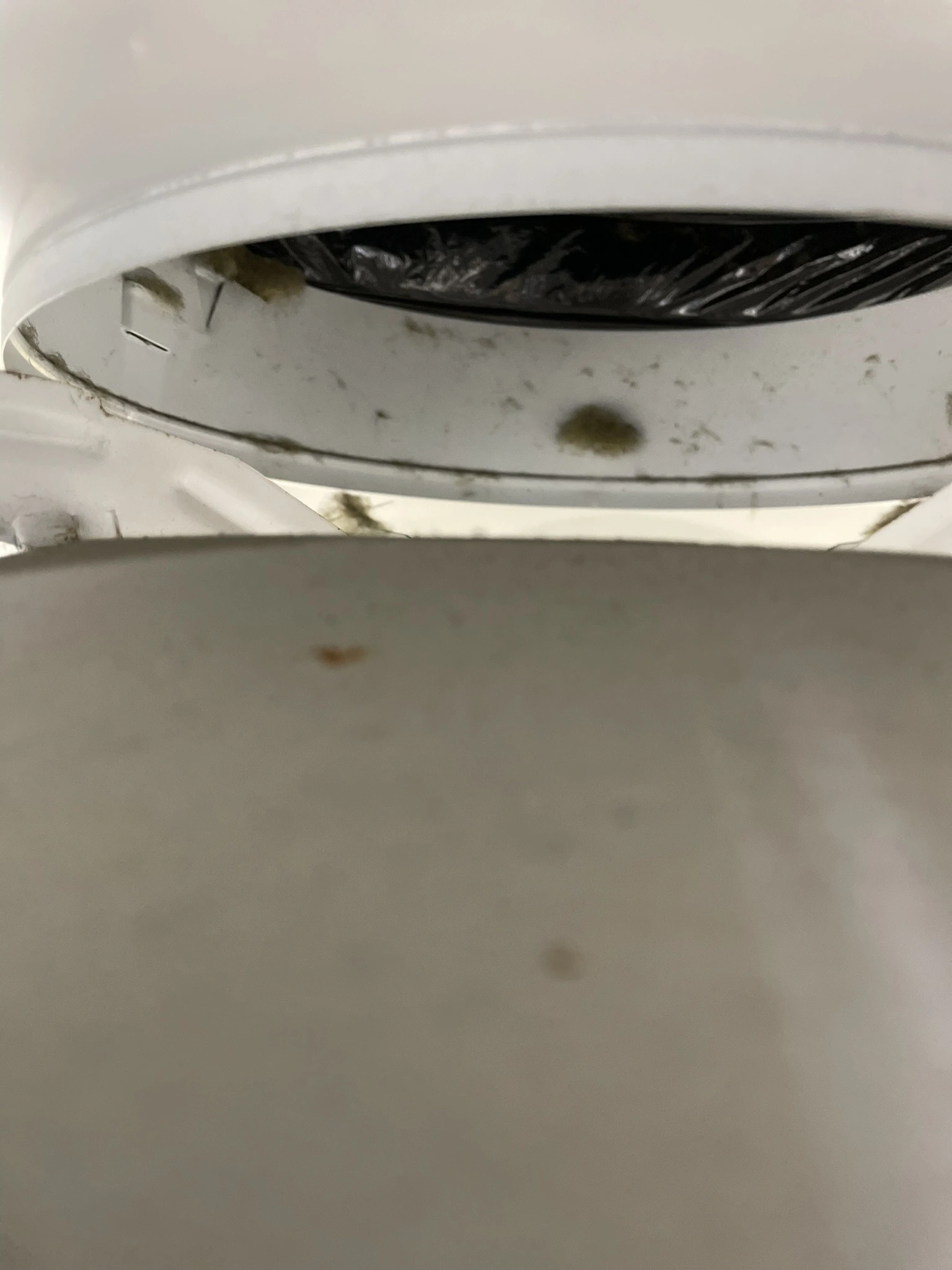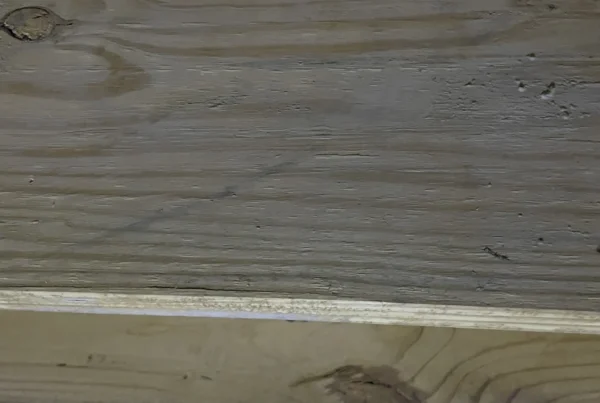Investigating a Commercial Property
At Indiana Mold Remediation, we often receive calls from concerned property owners and tenants about potential mold in their ductwork. Recently, we investigated a commercial property in Westfield, Indiana, where employees had been complaining of odors and allergic symptoms. The situation was complicated by a newly replaced air conditioning system that was “short-cycling.”
Short-Cycling and Humidity Control
Short-cycling, a common issue in both residential and commercial settings, typically results from an oversized air conditioning unit. While air conditioners primarily lower temperature, they also play a crucial role in reducing indoor humidity levels. When the air handling unit is oversized, it doesn’t need to run very long to bring the temperature down to the target level. This might seem great for keeping cool, but the unit doesn’t operate long enough to remove the humidity.
Humidity control is particularly important in central Indiana, which surprisingly ranks among the top 10 most humid states in the country. Indiana’s lower elevation and high water table create a chronically wet atmosphere, challenging for both homeowners and businesses, with an average outdoor relative humidity at 72%. To prevent mold growth, indoor humidity levels should ideally be kept below 50% relative to the temperature.

Investigating the Vents
The client was concerned that short-cycling and high humidity had led to mold growth in the duct system. Accumulated dust near the supply vents looked worrisome. However, our experience has shown that such accumulations are often just dust. Our visual inspection did not raise any alarms, and I suspected it was not mold in this case.
Testing and Results
To confirm our initial assessment, we swabbed areas on the register vents and sent samples to our lab for analysis. The results supported our initial thoughts:
- One sample found no fungi present
- The other showed a “rare” occurrence of Pithomyces and Cladosporium
The lack of mycelium in the samples indicated that active mold growth was not occurring in the area. Some mold spores are commonly found in household dust, so even with the presence of some mold, this area was not a reason for a high level of concern.
- Our Prediction: No, This is Not Mold
- Test Results: Traces of Mold Present
We do recommend cleaning supply registers at least annually in both commercial and residential settings, which would likely remove these trace amounts of mold. Combined with proper humidity control, this is usually sufficient to prevent problems.


Air Quality Confirmation
Further air sampling at the facility confirmed the absence of any significant mold sources in the business.

Key Takeaways
- Not all dust-like accumulations in ductwork are mold.
- Regular cleaning of supply registers is crucial for prevention.
- Proper humidity control is essential in Indiana’s wet climate.
- Professional testing can provide peace of mind and accurate diagnosis.
At Indiana Mold Remediation, we’re committed to helping you maintain a healthy indoor environment. If you have concerns about potential mold in your property, don’t hesitate to reach out for a professional assessment.




